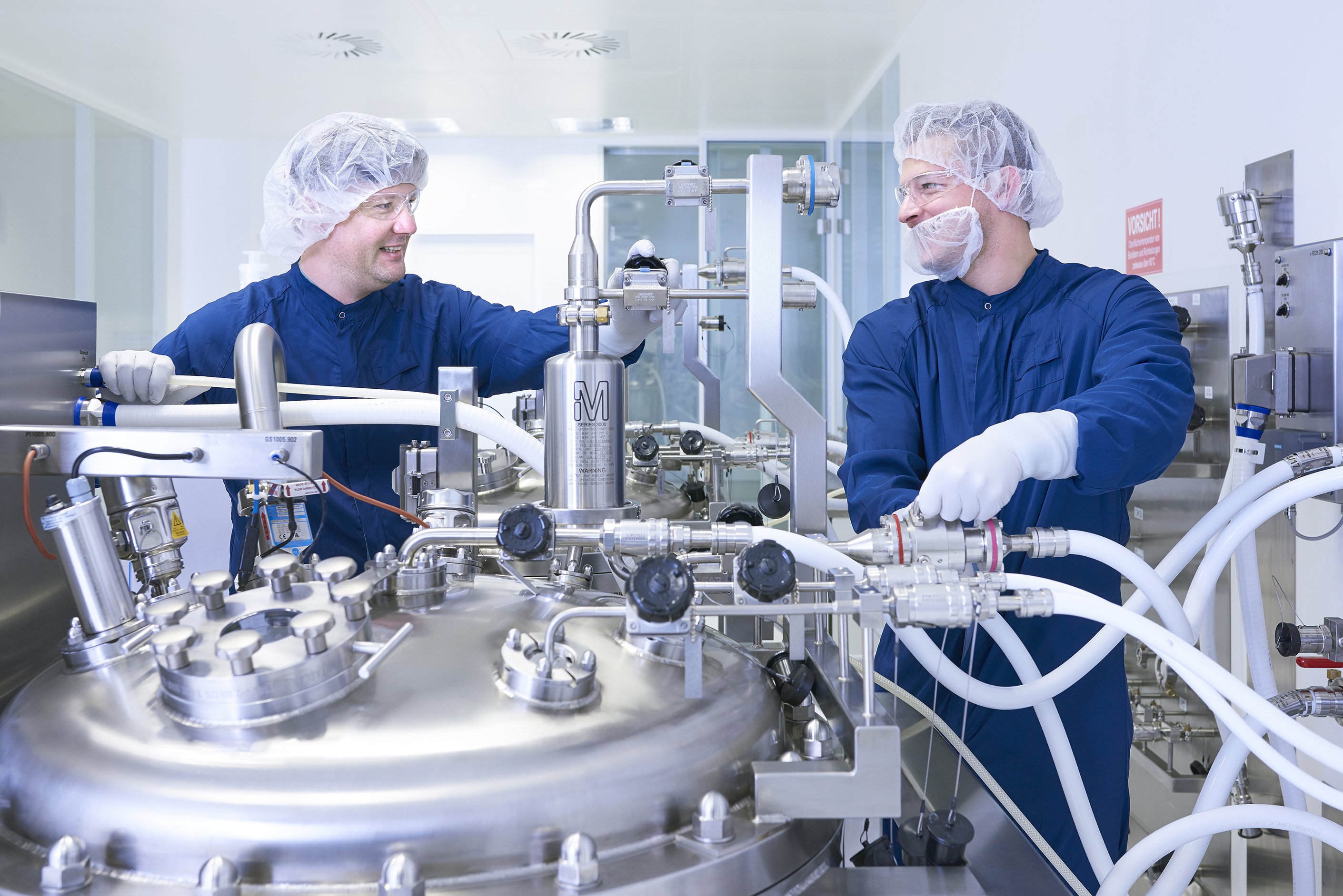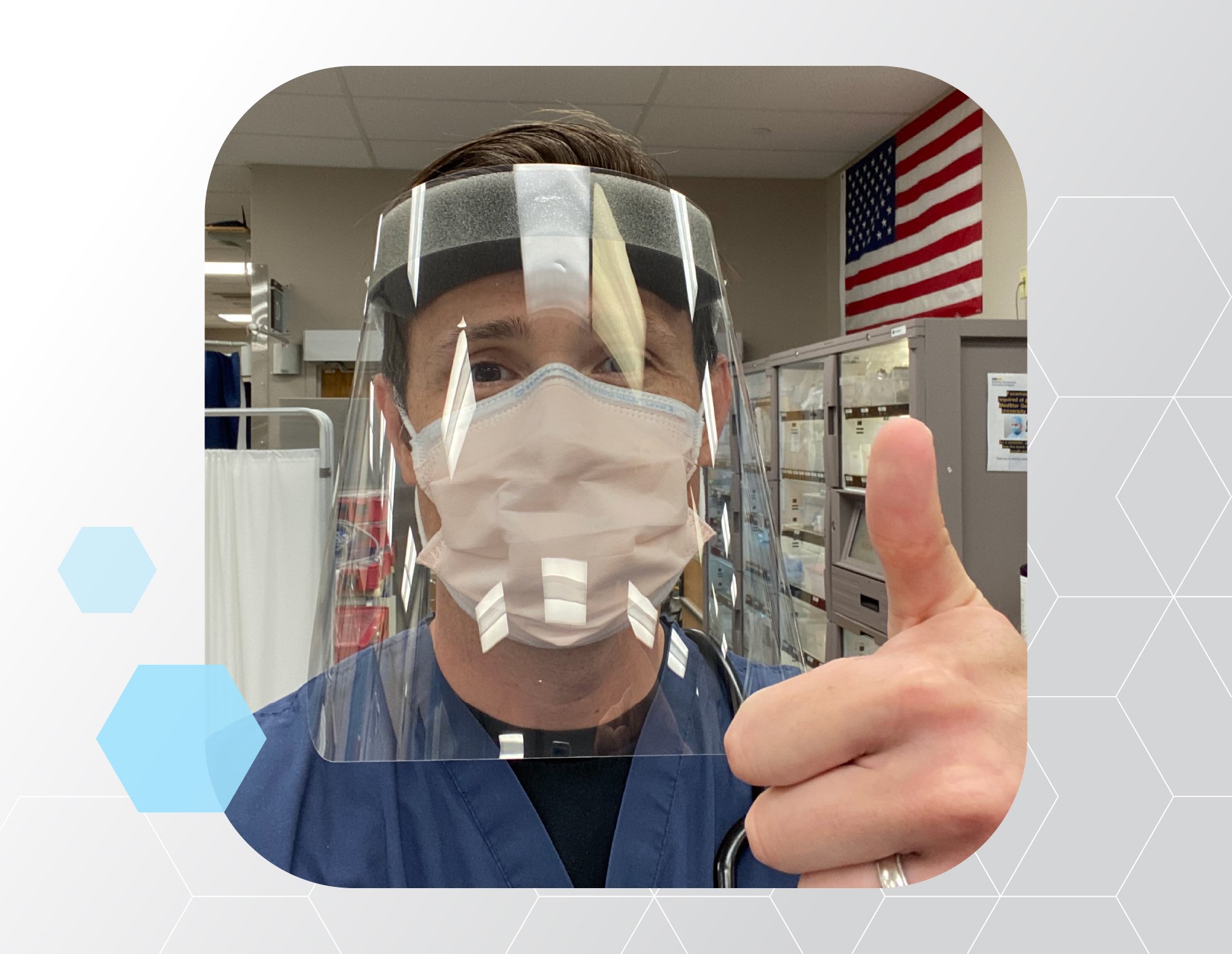Blog


Guest Post: How proactivity and planning helped Novartis ensure a stable supply of medicines during COVID-19

 Conversations and healthy debate about issues facing our industry and the health care system are critical to addressing some of today’s challenges and opportunities. The Catalyst welcomes guest contributors, including patients, stakeholders, innovators and others, to share their perspectives and point of view. Today, we are pleased to welcome a guest post from Steffen Lang, Ph.D., Global Head of Novartis Technical Operations to discuss how Novartis has plans in place to help ensure their supply chains remain operational even in unexpected situations like COVID-19.
Conversations and healthy debate about issues facing our industry and the health care system are critical to addressing some of today’s challenges and opportunities. The Catalyst welcomes guest contributors, including patients, stakeholders, innovators and others, to share their perspectives and point of view. Today, we are pleased to welcome a guest post from Steffen Lang, Ph.D., Global Head of Novartis Technical Operations to discuss how Novartis has plans in place to help ensure their supply chains remain operational even in unexpected situations like COVID-19.
In a situation as the current pandemic, you are racing against time. With events unfolding at speed in the height of a crisis, proactivity and planning — conducted well in advance — are crucial. Last minute changes are more likely to cause disruptions, making matters worse. In fact, big changes in the sourcing of ingredients or the structure of a supply chain cannot happen with the flip of a switch. For this reason, Novartis Technical Operations (NTO), the global manufacturing and supply network of Novartis, has long had in place a business continuity and supply risk management framework to prepare for unexpected situations like COVID-19.
At the first warning signs that the virus would have global ramifications, our framework helped us react swiftly to safeguard the health and wellbeing of our organization’s people, as well as maintain robust inventory levels to ensure our patients would continue to receive the medicines they rely on through the crisis.
Ultimately, five factors have been key to our success so far:
Supply readiness: At the heart of our COVID-19 response was an NTO taskforce that tracked real-time information to examine product supply, internal and external dependencies, risk management and other important data. In addition to maintaining close interaction with suppliers, this knowledge base helped forecast demand, ensure adequate levels of raw materials, plan for potential COVID-19 treatments and Intensive Care Unit (ICU) medicines, and provide an uninterrupted supply to patients.
 This ability to react continuously was built on a strong foundation of investment into our supply chain. We are constantly looking for ways to improve our supply readiness with the goal of steadily becoming faster, more agile and at the same time more efficient. Implementing each change is a long process that must be done carefully to avoid disruption. For example, prior to the pandemic, Novartis was midway through a program to link our production sites to create fully integrated and automated, end-to-end supply chain planning.
This ability to react continuously was built on a strong foundation of investment into our supply chain. We are constantly looking for ways to improve our supply readiness with the goal of steadily becoming faster, more agile and at the same time more efficient. Implementing each change is a long process that must be done carefully to avoid disruption. For example, prior to the pandemic, Novartis was midway through a program to link our production sites to create fully integrated and automated, end-to-end supply chain planning.
Supply diversity: Companies with a diverse global footprint can leverage best practice sharing between different locations — including factories, offices, labs, etc. — to accelerate learning. For example, our teams in the countries first impacted by the pandemic, were sharing updates about the pandemic and their response with our colleagues in other parts of the world, which went a long way in preparing these colleagues to respond appropriately when the pandemic reached their region. Additionally, geographic diversity allows Novartis to maintain “dual supply points,” which provided vital flexibility throughout the entire value chain.
Digital readiness: I firmly believe that the more an organization can optimize and go digital, the less vulnerable it will be. Novartis has long placed emphasis on strong digital capabilities, including efforts to simplify and digitize the demand planning process by using predictive analytics and artificial intelligence to generate forecasts. Moreover, our digital readiness and IT infrastructure enabled all our office-based colleagues to immediately switch to work from home at the first warning signs of the pandemic.
Collaboration with health authorities: Close alignment with governmental bodies and health authorities is key to managing any crisis, and in particular the current pandemic where stockpiling behavior was observed in certain markets. By maintaining constant alignment with health authorities and agencies to ensure correct demand and supply balance, we helped reduce or avoid stockpiling behaviors whenever detected, ensuring uninterrupted supply to patients worldwide.
Supporting our people: None of this would have been possible without the incredible efforts of our people, and supporting and empowering them throughout the crisis has been our priority. As well as putting in place measures to keep employees safe – particularly those  whose continued presence on site is critical to our operations – and introducing more flexible working, we also sought to give our sites the freedom to decide how best to adapt to the new circumstances to maintain production and supply. This enabled an extraordinary level of collaboration between and within sites, as employees adapted working patterns to support and take care of one another, and sites worked collectively to overcome the individual challenges they faced. While the pandemic put an immediate end to travel and much of the face to face interaction to which our teams are accustomed, in many ways it brought our people closer together, and engendered a new level of cohesion across our network.
whose continued presence on site is critical to our operations – and introducing more flexible working, we also sought to give our sites the freedom to decide how best to adapt to the new circumstances to maintain production and supply. This enabled an extraordinary level of collaboration between and within sites, as employees adapted working patterns to support and take care of one another, and sites worked collectively to overcome the individual challenges they faced. While the pandemic put an immediate end to travel and much of the face to face interaction to which our teams are accustomed, in many ways it brought our people closer together, and engendered a new level of cohesion across our network.
Nobody wished for this experience, but we’ve taken it as an opportunity to accelerate digitization, to continue strengthening our monitoring and tracking infrastructure, and to introduce new, more flexible ways of working. As we look ahead, we are committed to reimagining medicine and having a positive impact on peoples’ lives now and in the years to come.
Images courtesy: Novartis
- PhRMA Member Company,
- Manufacturing,
- Coronavirus

 Guest Contributor
Guest Contributor